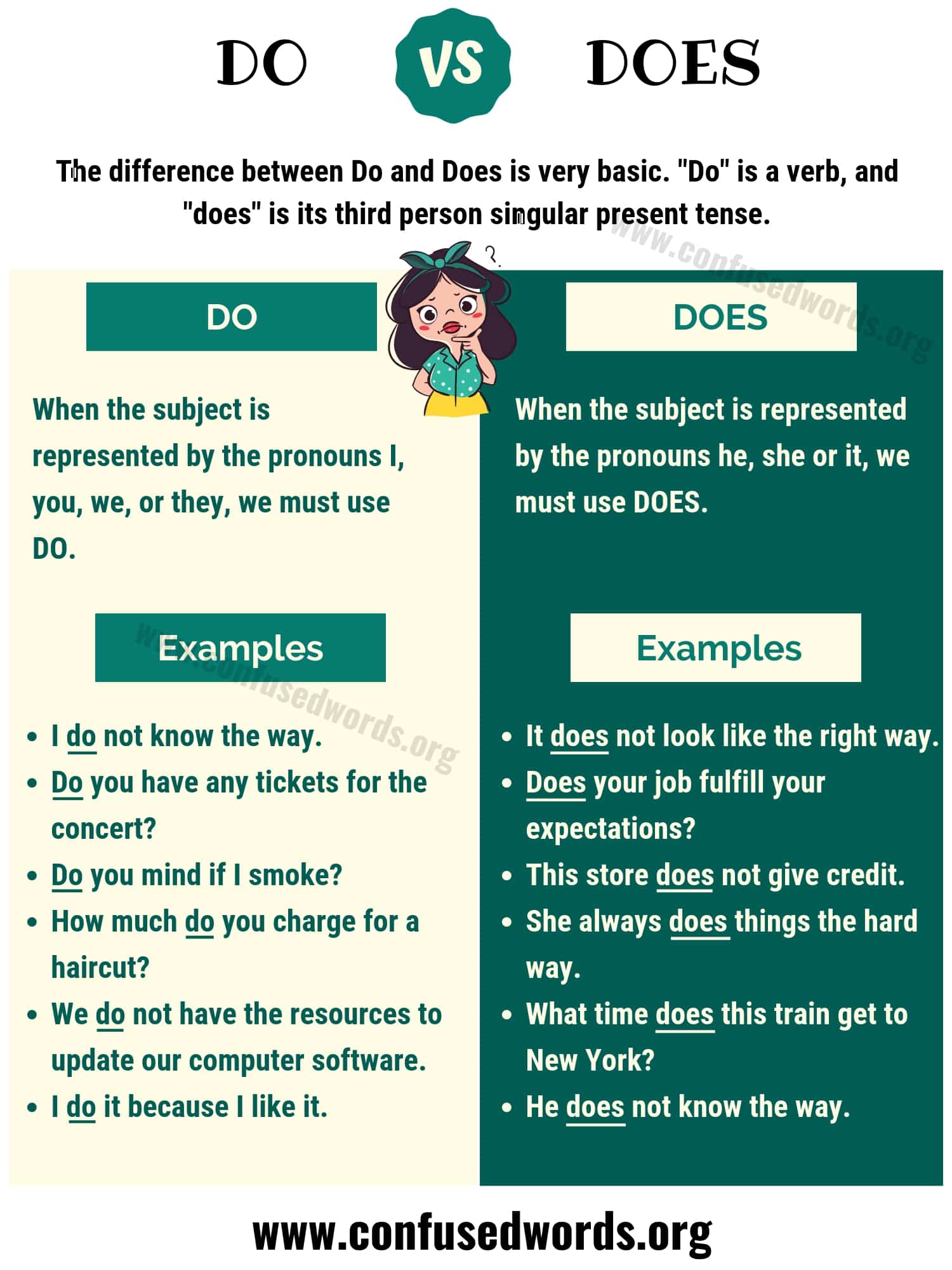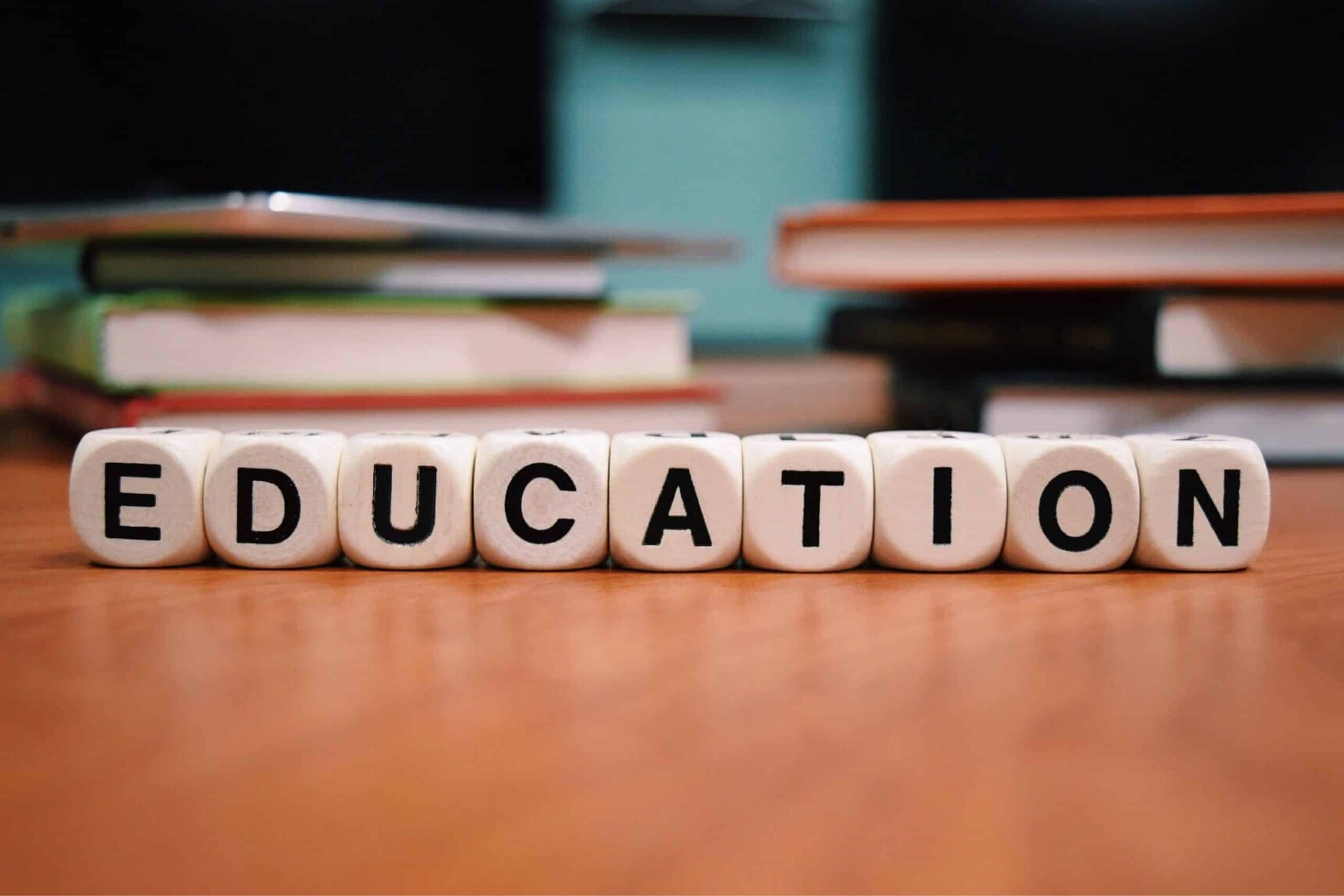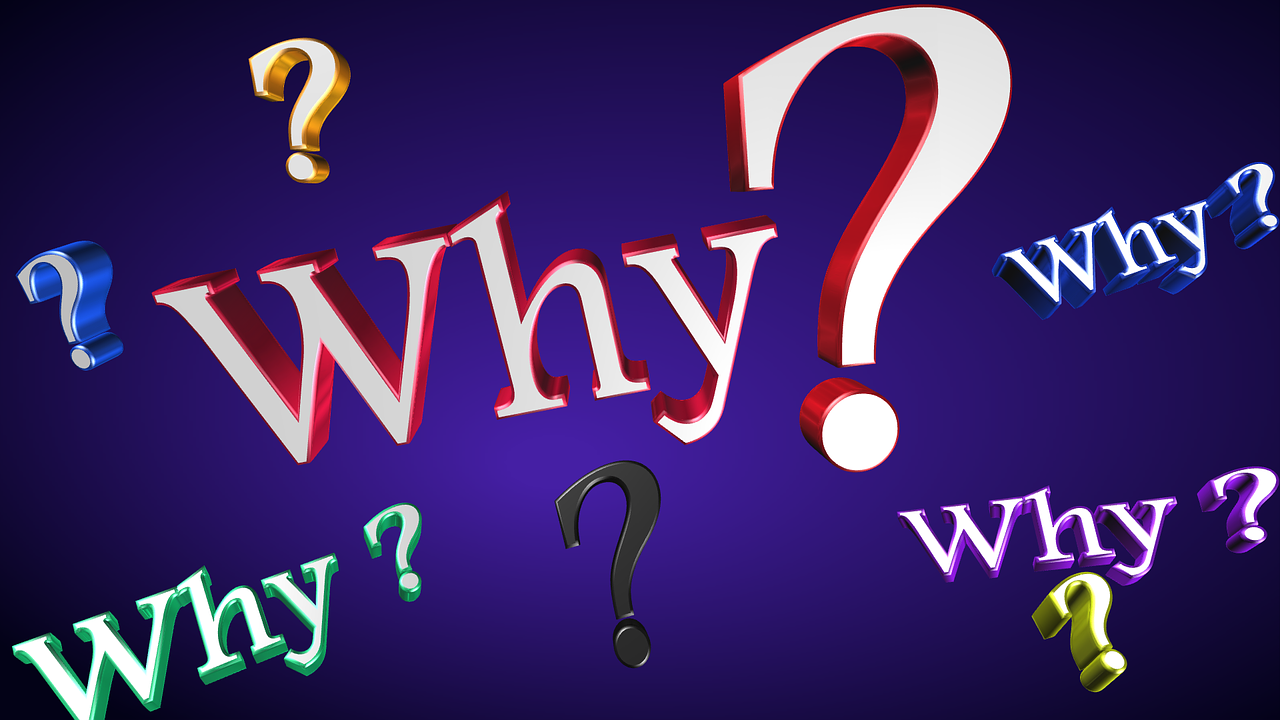Understanding Fact Families: Building Mathematical Foundations Through Number Relationships
Introduction to Fact Families
In the world of mathematics education, fact families play a vital role in building a child’s understanding of how numbers and operations relate. By grouping sets of numbers into families, learners discover the powerful connections between addition and subtraction or multiplication and division. These relationships foster mental agility, mathematical fluency, and analytical thinking-core skills for success in math and beyond. [1]
What Is a Fact Family?
A fact family is a set of related math facts that use the same group of numbers. Typically, each family contains three numbers and four equations. For example, the numbers 2, 3, and 5 form the following addition/subtraction fact family:
- 2 + 3 = 5
- 3 + 2 = 5
- 5 – 2 = 3
- 5 – 3 = 2
Similarly, for multiplication/division, the numbers 2, 3, and 6 yield:
- 2 × 3 = 6
- 3 × 2 = 6
- 6 ÷ 2 = 3
- 6 ÷ 3 = 2
Each equation in the family is a distinct math fact, and all facts are interconnected through basic arithmetic operations. [2]
Why Are Fact Families Important?
Fact families are more than just a teaching tool-they are fundamental to understanding the inverse relationships between operations. For example, recognizing that subtraction is the opposite of addition, and division is the opposite of multiplication, helps children solve problems with greater confidence and flexibility. Fact families also reinforce the commutative property (order doesn’t matter in addition or multiplication), enabling mental calculations and pattern recognition. [2]

Source: alamy.com
Types of Fact Families
Addition and Subtraction Fact Families
In this family type, three numbers are linked by two addition and two subtraction facts. For example, using 4, 5, and 9:
- 4 + 5 = 9
- 5 + 4 = 9
- 9 – 4 = 5
- 9 – 5 = 4
This grouping helps students see that if they know any two numbers, they can find the third using either addition or subtraction. [3]
Multiplication and Division Fact Families
Here, three numbers connect through two multiplication and two division facts. Using 3, 4, and 12:
- 3 × 4 = 12
- 4 × 3 = 12
- 12 ÷ 3 = 4
- 12 ÷ 4 = 3
Students learn that knowing a product and one factor allows them to find the other factor, reinforcing the inverse relationship between multiplication and division. [4]

Source: lastopp.universitas.no
Visualizing Fact Families: Fact Family Triangles and Houses
Fact family triangles and fact family houses are popular visual tools that help learners organize and remember related math facts. In a triangle diagram, the three numbers occupy the corners, and equations are formed by connecting the numbers with appropriate operations. In a house diagram, the numbers are placed in the roof, and the four equations are written inside the house. These visuals make the relationships clear and engaging for young learners. [1] [2]
Step-by-Step Guide to Creating Fact Families
- Choose Two Numbers: Select any two numbers you want to work with.
- Determine the Third Number: For addition/subtraction, add the two numbers to get the sum. For multiplication/division, multiply them to get the product.
- Write Four Equations: Use the three numbers to create two addition/multiplication and two subtraction/division equations.
- Visualize: Draw a fact family triangle or house to organize the facts.
For instance, if you pick 7 and 2 for addition/subtraction, the third number is 9 (7 + 2). Your fact family will be:
- 7 + 2 = 9
- 2 + 7 = 9
- 9 – 7 = 2
- 9 – 2 = 7
This method can be adapted for multiplication/division as well. [2]
Practical Applications in Learning
Fact families can be incorporated into daily math practice through worksheets, games, and visual diagrams. Teachers and parents are encouraged to use fact family triangles and houses to help children organize their thinking. Interactive activities, such as matching games or fill-in-the-blank exercises, reinforce these concepts and promote retention. [1] [5]
Challenges and Solutions
Some learners may struggle with the concept of inverse operations or memorizing all facts within a family. To address this, educators should emphasize understanding over rote memorization. Visual aids, real-life examples (such as grouping objects), and step-by-step practice can help bridge gaps. Encouraging students to explain the relationships in their own words can deepen comprehension. [1]
Alternative Approaches and Extensions
Fact families are not limited to basic arithmetic. Advanced learners can apply the concept to algebraic relationships, fractions, and even geometric patterns. Using technology such as math apps or online games may further enhance engagement and understanding. For those seeking additional resources, searching for “fact family worksheets” or “interactive fact family games” through reputable educational websites can provide further practice opportunities. [5]
Accessing More Resources and Support
If you are a parent or educator seeking structured materials, consider exploring reputable educational platforms. For worksheets, lesson plans, and games, you can search for resources using terms like “fact family activities” on trusted sites such as Brighterly, SplashLearn, and Study.com. Always verify the source’s credibility by checking its reputation and user reviews before using any online material.
Summary and Key Takeaways
Fact families are a foundational concept in mathematics, revealing the relationships between operations and numbers. Understanding and practicing fact families improves math fluency, analytical thinking, and problem-solving ability. By using visual aids, step-by-step guidance, and real-world examples, learners can master these essential skills and build confidence in their mathematical journey.
References
- [1] Brighterly (2024). What is Fact Family? Definition, Example, Facts.
- [2] Study.com (n.d.). Fact Families: Definition & Examples.
- [3] A Maths Dictionary for Kids (2014). Fact Family.
- [4] The Global Montessori Network (n.d.). What is Fact Family with Examples.
- [5] SplashLearn (2024). What is Fact Family? Definition, Example, Facts.
MORE FROM 9scholarships.de













